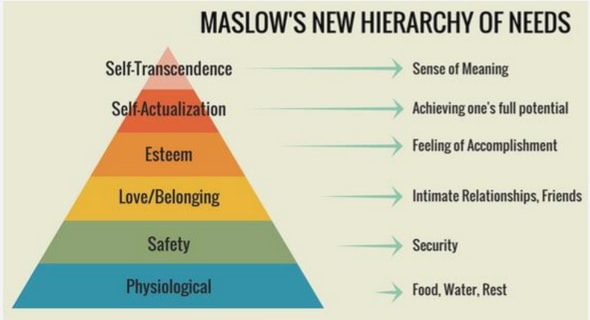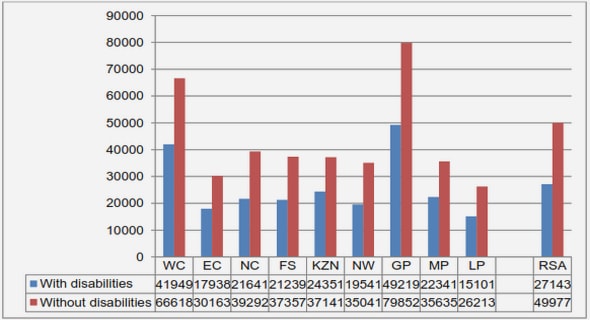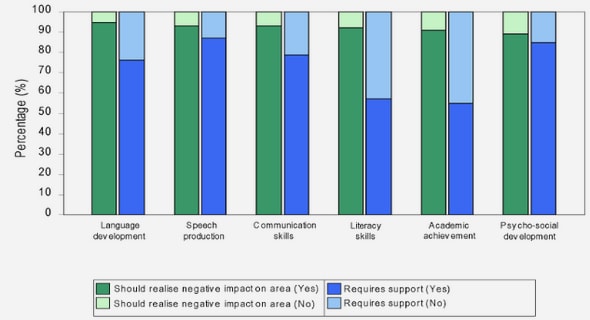Get Complete Project Material File(s) Now! »
Substantiating Reciprocity
Inductive reasoning expanded insight into the social and cultural responsibilities within BaSotho social structure which verify the woman’s ‘making’ (reciprocity), throughout the period of her shaping home-making forces, internal thinking as well as external impacts, especially contemporary challenges encountered through new contexts or constraints. Reciprocity is most effectively read in the woman’s evolution during her lifetime. This study takes a short time-slice to study all the interactive as well as interconnected phenomena, and then substantiates the affects of the result. Just as one does not need to have known an individual since birth, a person, through acts and responses can quickly be ‘read’. In this thesis some of these acts are read through artefacts-aslanguage, including their quality and pleasure of use and resultant responses to the every-day occurrences of lived experience (phenomenology). The relationship between her building process and peer group pressure, giving credits or sanctions, her building as artefact or process can easily give rise to societal approval or ostracism. This relationship also exists between her artefacts and her interaction as maker with other actors .
Starting with Chapter four following Chapters are devoted to the main argument of this thesis and sets out to substantiate the hypothesis. These subsequent Chapters describe other aspects of reciprocity and how this reciprocity is experienced her phenomenological timeline. The hypothesis was positively substantiated with the field study in Chapters five, six, and seven and then referred back to the literature review and re-applied in Chapters six and seven by re-iteration and recurrence of similarities.
Architect as author
Hartoonian; an architectural theoretician from Australia, said that “through an evolutionary process the maker establishes an own identity; the acceptance of reciprocity. Yet here the sensuous is not caught and elaborated on by means of thoughts but must directly be treated and acted upon. For the BaSotho woman as maker this implores her to act upon her thoughts. The responsibility for treating it cannot be entrusted to anyone, but the maker, for two reasons – firstly because the maker often cannot imagine it precisely enough to give directives before having executed it, and secondly because these directives can never be so precise as to dissociate execution from the act of making by the specific maker. This labour, which goes from the first groping comes into existence to the finished work, through sequences of accidents, hesitations, progress through repetition, strain of aching muscles, retouching, and renewals is to realize an idea, to create something out of nothing. In making the artefact she raises it by an act to a complete and definitive existence. Hartoonian, (1994). It needs no more than a look to become an aesthetic object. There is no system of signs, which would enable the work to await a performance of music or sound. The sensuous is produced, fixed in reality, and petrified in surfaces of walls, floors, roof and decoration. In all cases the sensuous is the very substance of the work.
In the act of making lies the paradigm of tactical activity; her procedures to achieve reciprocity evolved from bodily learning. The human being patiently creates her own hands by gradually freeing them from the animal world. Though her hands make artefacts and other things, they also make that ‘thing’ which is herself: they are the instruments of creation, but even before that, they are organs of embodied knowledge. All kinds of making must be at the start of the intentionally directed movement of the hand. Initially, the hand may move across materials by direct contact, such may be her rudimentary movement that leaves in the earth a drawing of a circle, imprecise as it may be. If the movement must become more precise, or if the hand is by itself insufficient for the task, the hand must then make an artifactual instrument to make its action more efficient. The made instrument or tool, multiplies the capacity and efficiency of the hand that constructed it. Such a compass is a centre pin and a string attached to another pin.
CHAPTER 1 INTRODUCTION
OBJECTIVE
RELEVANCE OF THE STUDY
HYPOTHESIS
THE DEFINITIONS OF KEY TERMS USED IN THE STUDY
ASSUMPTIONS AND DELIMITATIONS OF THE SCOPE OF THE STUDY
TIMELINE OF A CONTINUUM CULTURE; THE HYPOTHESIS LIVED
CHAPTER 2 LITERATURE REVIEW
PHENOMENOLOGY
EXPLORING THE INFLECTIONS OF PHENOMENOLOGY
EXISTENTIAL PHENOMENOLOGY
HERMENEUTIC PHENOMENOLOGY
ONTOLOGICAL PHENOMENOLOGY
HAPTIC PHENOMENOLOGY
AESTHETIC PHENOMENOLOGY
FIRST IMPLICATION
SECOND IMPLICATION
THIRD IMPLICATION
RECIPROCITY
INTERSENSORY RECIPROCITY
NON RECIPROCITY LANGUAGE
RITUALS, RITES AND THE SENSES
OTHER FORCES AFFECTION WOMEN’S PROCESSES OR SOCIAL CONSTRUCT
ARCHAEOLOGICAL DATA
CONCLUSION TO CHAPTER TWO
CHAPTER 3 BASOTHO WOMEN AS SOCIAL AND PHENOMENOLOGICAL CONSTRUCTS
PHENOMENOLOGICAL CONSTRUCTS
PHENOMENOLOGY
CHAPTER 4-SUBSTANTIATING RECIPROCITY WITHIN THE HYPOTHESIS
ROLES OF PROCESS, LEARNING LANGUAGE AND FORCES
EXISTENTIAL PHENOMENOLOGY
RECIPROCITY IS A PRESENCE IN ACTS OF EXISTENTIAL PHENOMENOLOGY
THE STAGES ALONG THE TMELINE OF THE WOMAN MAKER
THE RECIPROCAL PROCESS FROM REALITY INTO THE COGNITIVE REALM
CHAPTER 5 BASOTHO VERNACULAR ARCHITECTURE
HERMENEUTIC PHENOMENOLOGY
RECIPROCITY
ARCHAEOLOGICAL REFERENCE
PROCESS OF VALUING BUILT INTENTIONS INFUSED WITH THEORY
GRASS AS THATCH AND REEDS; ABUNDANT BUILDING MATERIAL
EARTH AS ABUNDANT BUILDING MATERIAL
CONCLUSION TO CHAPTER FIVE
CHAPTER 6 ACT OF MAKING; A LIVED EXPERIENCE
ONTOLOGICAL PHENOMENOLOGY
HAPTIC PHENOMENOLOGY
RECIPROCITY
EXECUTION AS THRESHOLDS OF INTERACTIONS
LITEMA: AS AN ART OF THE EARTH
CONCLUSION TO CHAPTER SIX
CHAPTER 7: FORM AS DISCOURSE
AESTHETIC PHENOMENOLOGY
RECIPROCITY
THE INVENTORY OF PHRASES MADE AND USED IN AN ACTIVE GRAMMAR
CONCLUSION TO CHAPTER SEVEN
CHAPTER 8 CONCLUSION AND RECOMMENDATIONS


